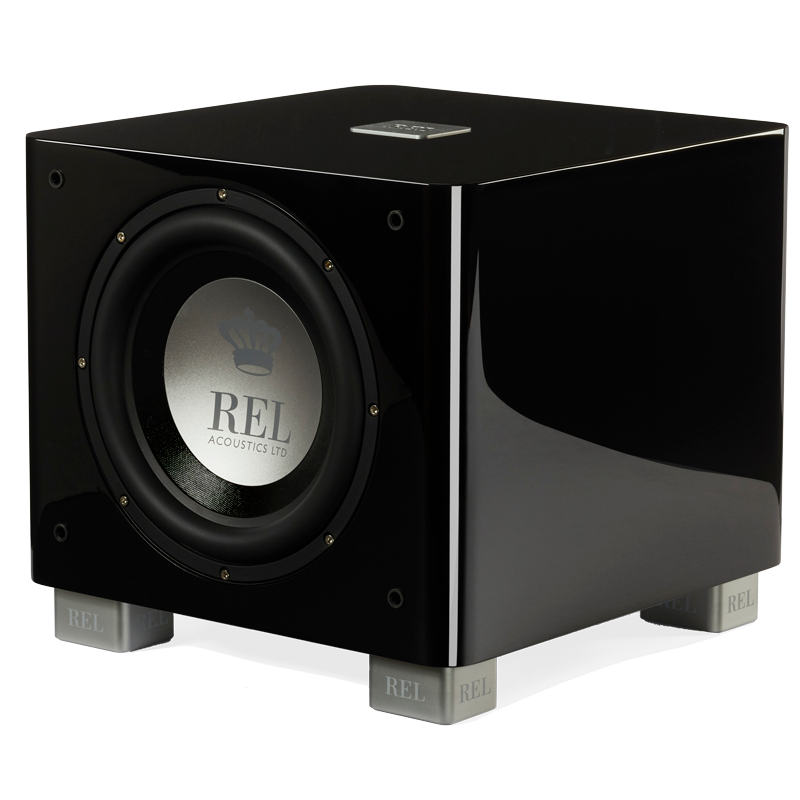Blog
Why do I need to know if my amplifier is balanced/differential before hooking up my REL subwoofer?
Great question. And they’re really different, and this is really important. Listen very, very carefully. If you have any questions, call your amplifier manufacturer. You can call or write us. We’ll know about 85% of them, but there’s so many new amps coming on the market, seemingly every week, that the safest thing is to ask your manufacturer.
0:30
So, here’s the difference, and it’s a profound one, a normal amplifier sends a signal out through the red connector on the back of your amp to the speaker, and that returns signals sinks to ground. That’s a normal single ended amplifier. Over time probably 90% of the amplifiers ever produced are like that. If you’ve got a piece from the seventies or eighties it almost undoubtedly is not differential balanced. A differential balanced amp is a completely different animal.
1:00
A balanced differential amplifier, yes, the red is positive you’re familiar with that concept. You’ve got X number of volts going out to your speaker. What people don’t realize about the black connector on a balanced differential amplifier is it’s also hot. It is 180 degrees out of phase with the traditional hot, but it is very much a hot conductor. So, what you’re really doing with a differential amplifier, hooking it to our ground, is you’re short circuiting. You are taking a positive signal and running it into a ground.
1:30
That doesn’t work anywhere in physics. The reason this is such an issue is over the last I would say, 10 to 12 years we’ve seen a huge proliferation in balanced differential amplifiers. The issue in connectivity is when you’re using a high-level connection with a REL you want to make dead certain that black connector really is ground and not the inverted positive if you will on a balanced differential amplifier.
2:00
So, you’ve identified, hopefully called a manufacturer, called us. Somebody has explained to you that yes, you have a balanced differential circuit going here. As soon as that happens, we have a variety of different links on our website so I encourage you to go to the website. Look at the links that will be right after this video. Click on that and we’ll walk you through it. We will almost undoubtedly have the perfect solution for your setup. Right there, it’s a click away. Thanks a lot.











